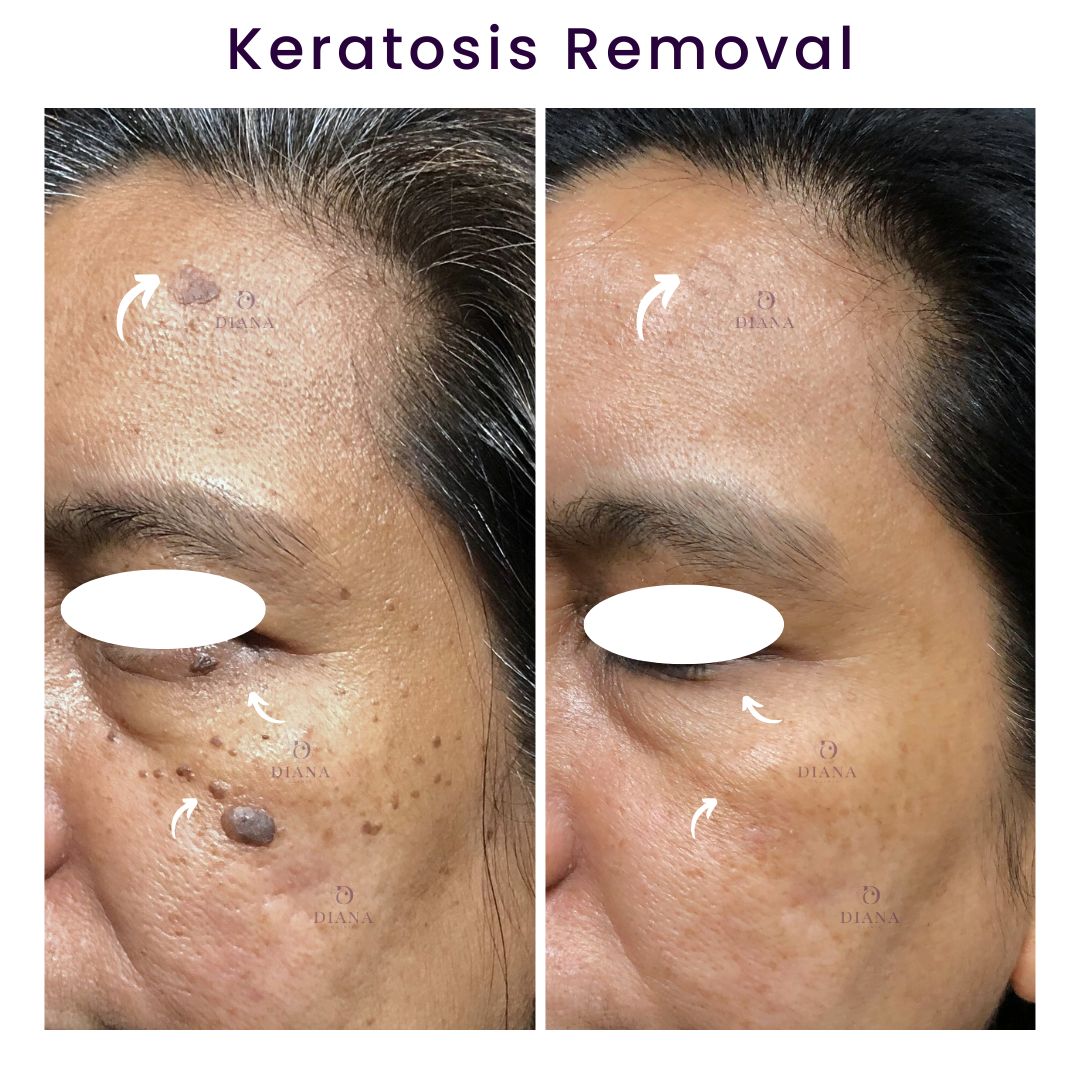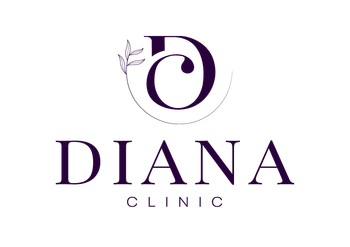Seborrheic Keratosis, also known as raised freckles or warts, is a common skin growth that occurs in adults, primarily due to aging.
Seborrheic keratosis, often referred to as warts or raised freckles (aka Seborrhoeic keratosis), is a harmless skin growth that commonly occurs as we age. It is not caused by a viral infection. It is a harmless growth on the outer layer of the skin (epidermis).

Causes of Seborrheic Keratosis
It is a sign of extrinsic aging and may be associated with chronic UV exposure. Although viral hypotheses have been suggested, they have not been clearly proven in recent studies.
What does Seborrheic Keratosis look like?
Seborrheic keratosis tends to appear on the face, neck, arms, and body. Slowly growing raised freckles can be round to oval in shape, with a rough surface and appear stuck to the skin. In some cases, they can appear suddenly.
In the early stages, they may appear pale or light brown and darken over the years. Some patients may become concerned about skin cancer when they notice changes in the color and size of the raised freckles. It may cause skin irritation, but most patients complain that the raised freckles are cosmetically unattractive.
Diagnosing Seborrheic Keratosis
Most cases of seborrheic keratosis can be diagnosed based on their clinical appearance.
In cases where there is diagnostic uncertainty, a skin biopsy is performed to confirm the diagnosis and rule out skin cancer.
Treatment for Seborrheic Keratosis
Since seborrheic keratosis is harmless, most cases can be safely left alone.
For individuals who want them removed for cosmetic reasons or due to irritation, various treatment methods can be performed:
- Electrosurgery
- Liquid nitrogen
- Laser surgery
Although Seborrheic Keratosis/raised freckles/warts are generally not dangerous, they can significantly impact a person's facial appearance.
Most of our clients seek treatment at an early stage because they are concerned that it will worsen and increase in number, similar to their older family members.
Common Questions:
1. Is the treatment for removing raised freckles painful?
The treatment is performed using topical anesthesia for your comfort. Most patients report that the procedure for removing raised freckles is nearly painless.
2. How should I care for the skin after treatment?
You need to ensure that your wound is clean and apply a dressing if your raised freckles are large. Topical antibiotics will be provided to reduce the risk of infection.
3. Can raised freckles reoccur?
In some cases, raised freckles can recur if you do not prevent sun damage. During and after treatment, limit exposure to UV light.
4. Who is prone to getting raised freckles?
Anyone can get raised freckles, but it is most common in individuals aged 50 and above. Raised freckles usually start appearing in middle age and are rare in younger individuals.
